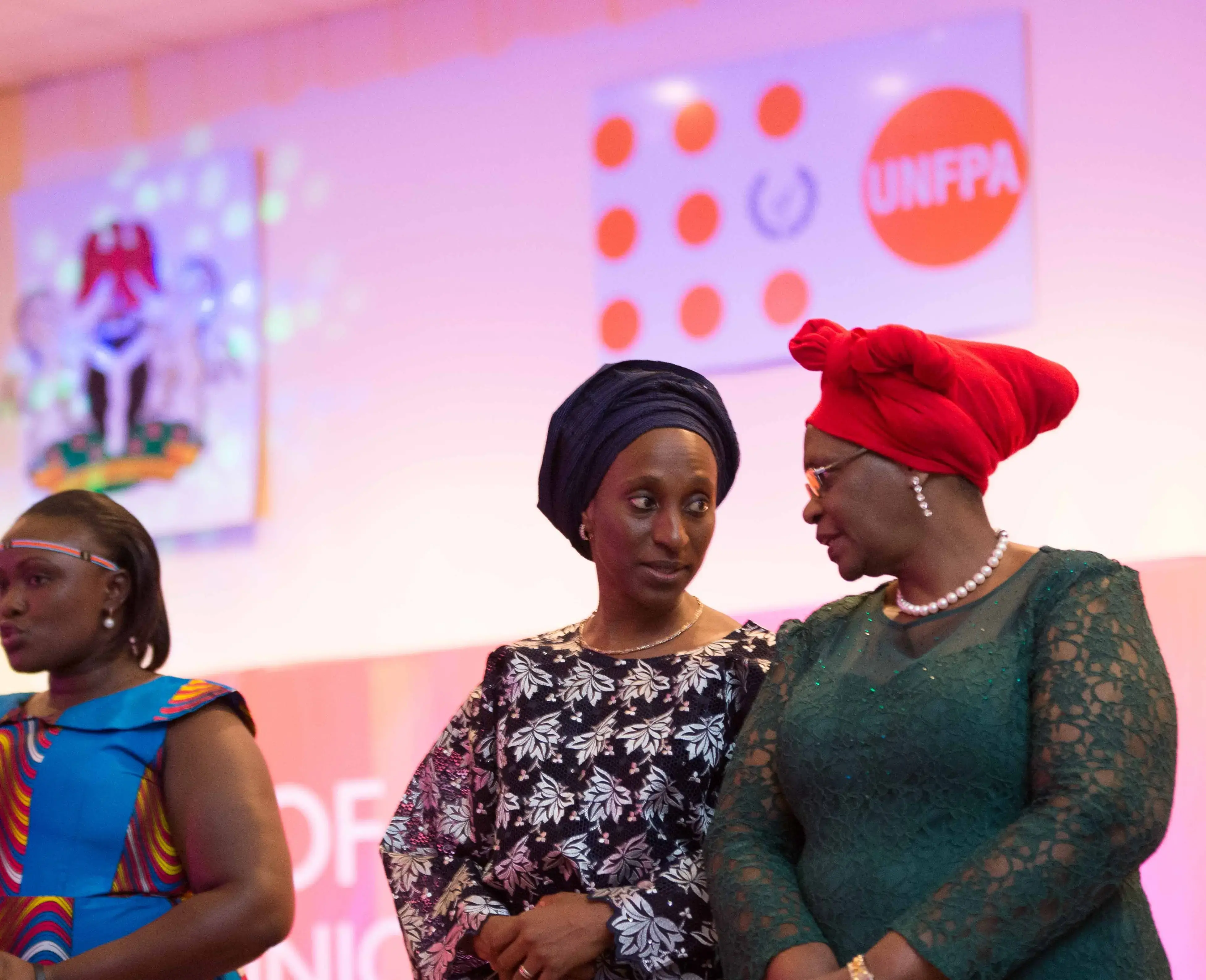Maroua, Cameroon- "My village was attacked by Boko Haram. They killed my uncle and all the men. Women and children were spared.” Sylvie Tokofi, 18 years, told UNFPA in Maroua, the capital city in the Far North region of Cameroon. The village was no longer safe. "My mother, my six brothers and sisters and I fled to the mountain." She added. After the attack, Sylvie dropped out of school but was determined to reshape her future.
The attack on Sylvie’s village took place in 2014. Till today, the insurgency of Boko Haram continues to displace women and children from their homes.
The number of internally displaced persons (IDPs) in Cameroon reached 191,908 in the country’s Far North region, more than doubling since 2015. Moreover, young people, including many minors, sensitive to ideological discourse and money offered to them by Boko Haram, have been used as suicide bombers or enrolled into terrorist armed group. “An escalation of violence in schools is also noted with an increase of attacks with knives among students.” As noted by Rene Teswe, program manager at Saare Tabitha, a refuge and training centre for girls in Maroua.
"The radicalized youth is not only the one who wants to join Boko Haram, but he is also the one who is exposed to violence by armed groups and adopts violent behaviour in his environment " Explained Soilihou Mforain, UNFPA youth expert. In addition, he stated that "Hate speech, intolerance to other religions and culture also contribute to reinforcing radicalisation".
"Hate speech, intolerance to other religions and culture also contribute to reinforcing radicalisation".
Poverty is a key underlining factor for youth radicalisation. The Far North is the poorest region in Cameroon with 74 per cent of the population living on less than CFA F 931 (approximately 1.5 USD) per day. Unemployment and lack of opportunities for youth, social exclusion and wrong interpretation of religious writings are among the main root causes contributing to young people's vulnerability, and enticement to extremism including violent groups.
The consequences of radicalisation are many; deviant behaviour, social isolation and dropping out of school.
In order to address youth radicalisation, UNDP, UN Food and Agriculture Organisation (FAO) and UNFPA with funding from the Government of Japan decided to join their efforts under a multi-dimensional intervention to enhance social cohesion in the Far North region. Under this initiative UNFPA is supporting the component to prevent youth radicalisation.
The social cohesion programme is targeting IDPs and youth from host communities in the Departments of Mayo Sava, Mayo Tsanaga, and Logone & Chari, all located in the conflict zone, or the so-called “red zone” in the Far North region. The project is still in pilot phase with a duration of 9 months, but with an ambitious target of the rehabilitation of 100 youth and sensitization of 500 youth against radicalisation.
Sensitizing youth against radicalisation
A massive campaign to prevent youth radicalisation is currently ongoing across the “red zone”. As part of this initiative, 65 youth animators have been trained with UNFPA’s support to work in the communities to conduct sensitization activities for young people to become role models of tolerance.
Samira, 26 years, from Tokombere, a town located in the so called "red zone" is one of the youth animators recently trained by the project: “I have already sensitized approximately 10 young women from my community ". A particular attention is given to out-of-school youth and students from Koranic schools or madrassa who are most vulnerable.
Restoring hope for vulnerable youth
Radicalised youth or youth exposed to radicalization or terrorist attacks are identified following a structured and rights-based process. They are then referred to specialized centres with UNFPA support.
There are two centres: one supporting girls called Saare Tabitha and the other serving the boys named ICE ( Institut Camerounais pour l’Enfance). These centres provide psychological rehabilitation to youth. UNFPA is supporting youth in these centres through two local NGOs called JAPSSO (Jeunesse Active pour la lutte contre la Pauvreté, le VIH/SIDA et ses SOuffrances ) and APEEFC ( Association pour la Protection des Enfants Eloignés de leur Famille au Cameroun). JAPSSO is coordinating the identification and reference of vulnerable youth while APEEFC is in charge of sensitization activities." "I think that if radicalized youth are brought to speak, it is already a victory, a first step towards change" Explained Rene, a programme coordinator at Saare Tabitha.
Youth in the centres are also provided with vocational skills, including sewing for the girls to reduce their vulnerability and facilitate their reintegration into their communities.
So far 30 girls and 15 boys have been identified and referred to the respective centres. Sylvie is one of the 30 girls identified and was referred to the centre and currently learning sewing and is more confident and less vulnerable.
"If we are able to sensitize and de-radicalize a handful of young people, they will become catalyst of change for the rest of the community, a model for other young people" confidently said Rene Teswe.





